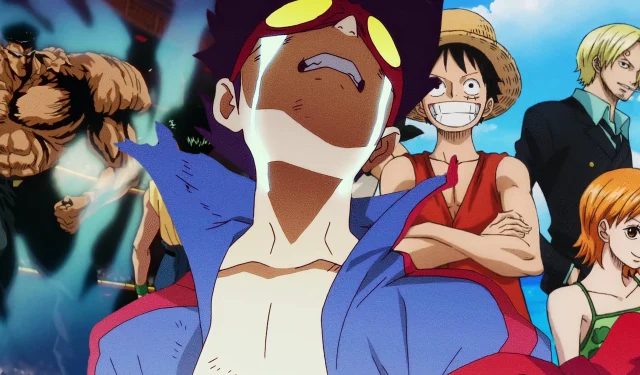Anime protagonists have a profound impact on their narratives, often defined by their intense journeys that may begin with a fiery brilliance but are sometimes cut tragically short. Each series employs distinct storytelling techniques concerning its lead characters, which can either greatly enhance or detract from the overall experience. Some anime leave viewers stunned by killing off their main characters early on, creating indelible moments that necessitate evolution among supporting characters in the wake of such losses.
Conversely, other protagonists can feel like they linger too long in the spotlight. Factors such as repetitive character arcs, stagnant growth, or overshadowing of more captivating side characters can make these leads a burden on the series. In a genre that often celebrates ensemble casts, the prolonged focus on a single character can detract from the broader narrative landscape. The range of how anime utilizes its leads is vast, spanning from innovative twists to frustrating character stasis.
Excel Should Have Stayed Dead
Excel Saga
In Excel Saga, the story kicks off with the exuberant protagonist, Excel, causing chaos in her school. The audience is jolted when she gets hit by a bus just moments later. Instead of conventional storytelling, the series adopts a parody style where her death becomes a running gag, often revealed through increasingly absurd scenarios. The show is clever in its critique of classic protagonist plot armor, setting a tone of unpredictability that is sustained throughout the entirety of the series.
Excel’s recurrent resurrections serve a larger narrative purpose; they illustrate her expendability and reinforce that her presence is not essential to the show’s core function. This thematic choice enhances the series’ meta-commentary on familiar anime tropes, making her chaotic existence a significant part of its distinctive identity.
Boar Isn’t the Hero Audiences Thought He Was
Juni Taisen
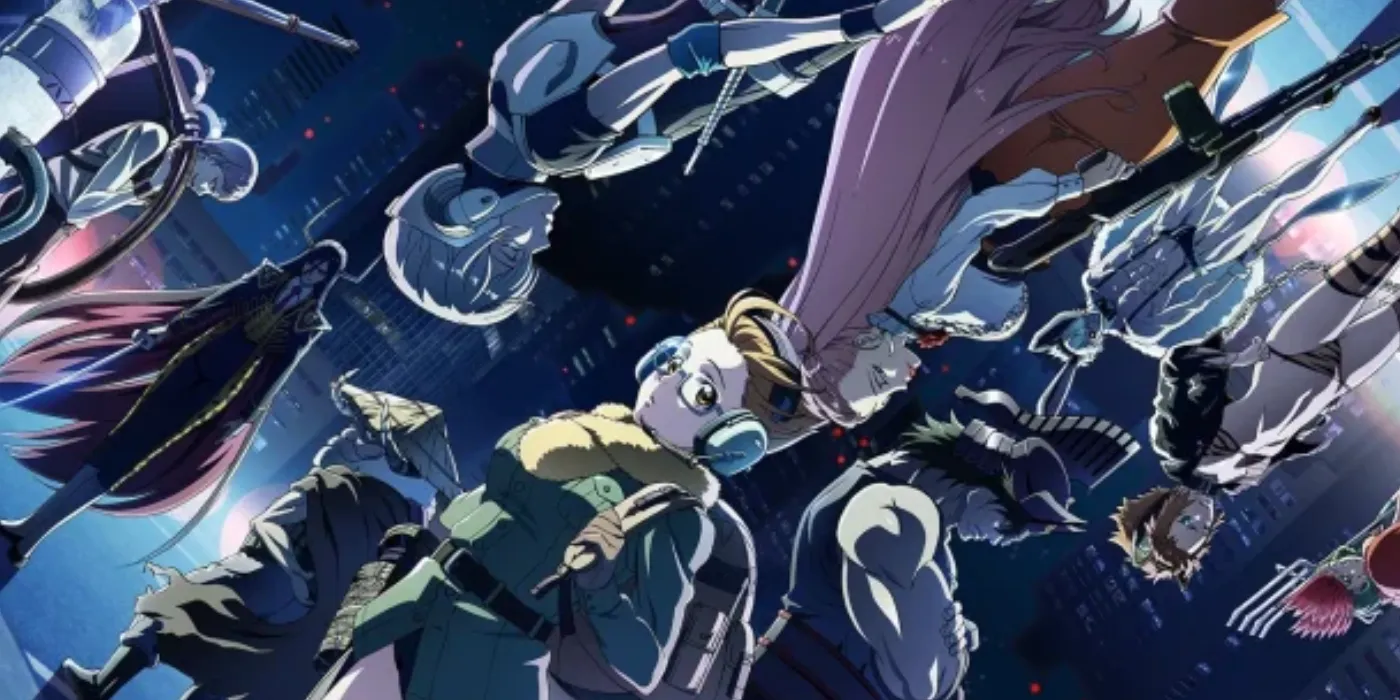
Juni Taisen immediately subverts expectations by presenting Boar, a character who seems primed for heroism, only to kill him off in the opening episode. The initial framing of Boar as the central figure through conventional cues makes the rapid transition to chaos all the more jarring. This twist lays the groundwork for a battle royale format where no character is secure, allowing for a dynamic shift in focus at any moment.
This narrative structure cultivates a thrilling sense of tension, as viewers quickly discover the show’s willingness to defy traditional storytelling norms. Each episode centers around different characters, exploring their backgrounds only to frequently lead to their demise, effectively weaponizing audience expectations and crafting a viewing experience filled with emotional uncertainty.
Kirito Overstays His Welcome
Sword Art Online
Initially, Kirito is portrayed as an engaging protagonist in Sword Art Online, a discreet gamer thrust into a perilous MMORPG scenario where his skills are put to the test. His early journey through Aincrad exemplifies the hero’s evolution, delving into the intense psychological weight of combat and isolation. Viewers quickly identify with Kirito due to his vulnerability in a high-stakes environment. The series embraces multiple installments including:
- Sword Art Online
- Sword Art Online II
- Sword Art Online: Alicization
- Sword Art Online Alternative: Gun Gale Online (spin-off)
- Sword Art Online the Movie: Ordinal Scale (film)
- Sword Art Online Progressive: Aria of a Starless Night (film)
- Sword Art Online Progressive: Scherzo of Deep Night (film)
As the series expands, however, Kirito’s character arc becomes tedious. While new settings and characters are introduced in later arcs like Gun Gale Online and Alicization, the narrative frequently privileges Kirito over others. His increasing power and uncanny ability to survive situations make him feel virtually unstoppable, which dilutes both tension and deeper character growth.
Siesta’s Fate Is Sealed in the Title
The Detective Is Already Dead
The title of this series is an unambiguous prelude to its plot; the Detective, Siesta, meets an early demise despite her prominent presence in promotional content. Following her death, the narrative pivots to her assistant, Kimihiko, who grapples with Siesta’s legacy and the enigmas she left unresolved. Though she frequently appears in flashbacks, Siesta’s active role as a protagonist is surprisingly brief.
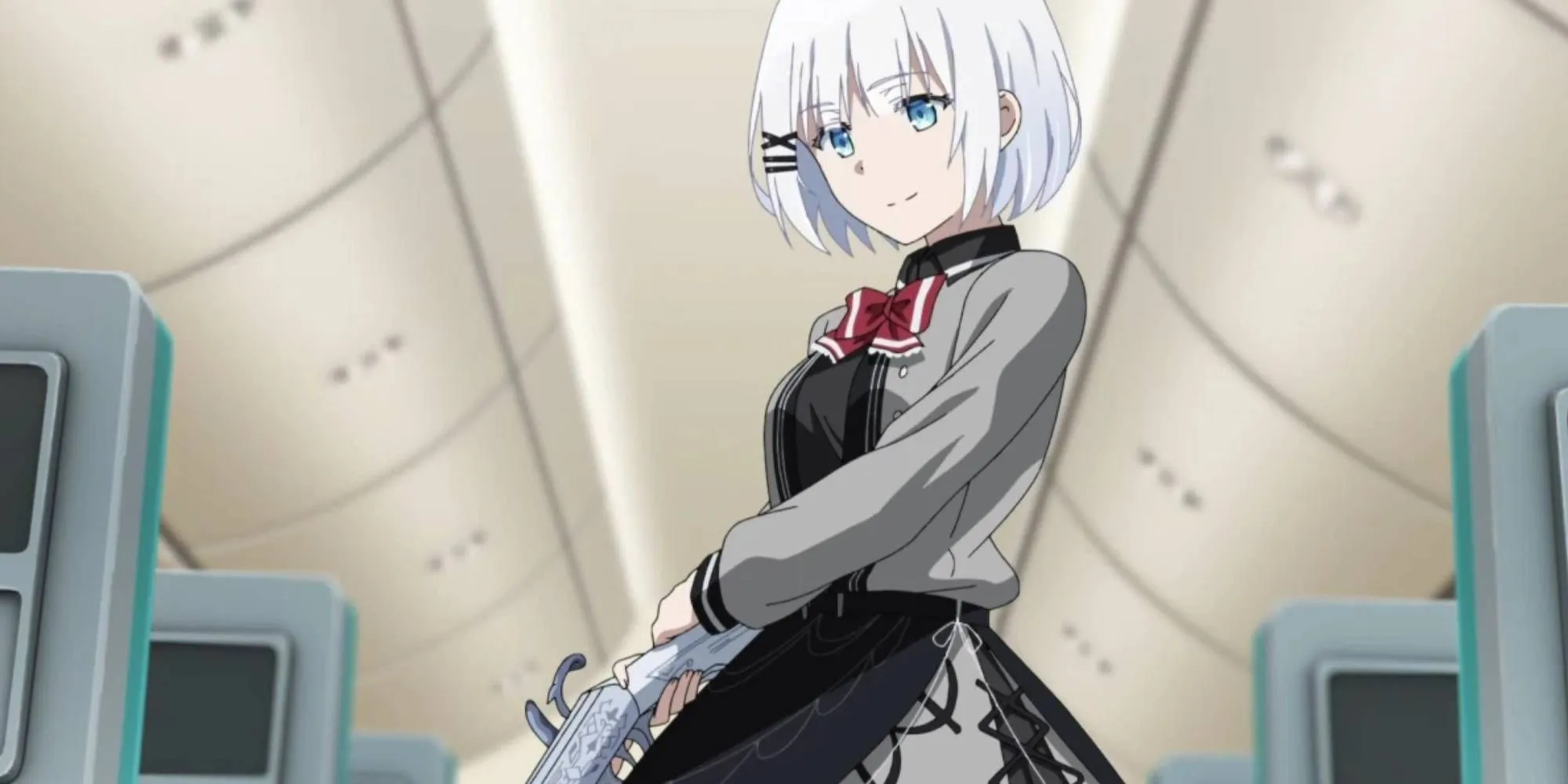
This plot twist leads to a unique storytelling approach that examines how individuals are influenced by an absent mentor. Siesta’s presence resonates throughout the series, transforming the focus into a narrative about grief, legacy, and unresolved feelings. It boldly shifts emotional weight onto living characters, making the detective’s absence feel just as pivotal as her previous presence.
Yusuke Never Stays Down for Long
YuYu Hakusho
In YuYu Hakusho, the story begins with the delinquent Yusuke Urameshi sacrificing himself to save a child, only to find this tragic moment setting the stage for an extraordinary afterlife journey. From here, Yusuke becomes a Spirit Detective, facing supernatural challenges that redefine his character.
His death acts as a catalyst for growth, stripping him of his former identity and urging him to become a protector. The balance between action and emotional depth allows his early demise to transform into one of the most memorable introductions in Shōnen anime, as it propels him into a vibrant otherworldly narrative.
Jotaro’s Lingering Presence Breaks the Show’s Conceit
JoJo’s Bizarre Adventure
Renowned for its generational storytelling, JoJo’s Bizarre Adventure introduces new Joestar protagonists with each part. However, certain characters, such as Jotaro Kujo from Part 3, seem to overstay their welcome. Although beloved by fans, Jotaro’s recurring appearances overshadow newer leads like Jolyne in Part 6, distracting from developing fresh narratives.
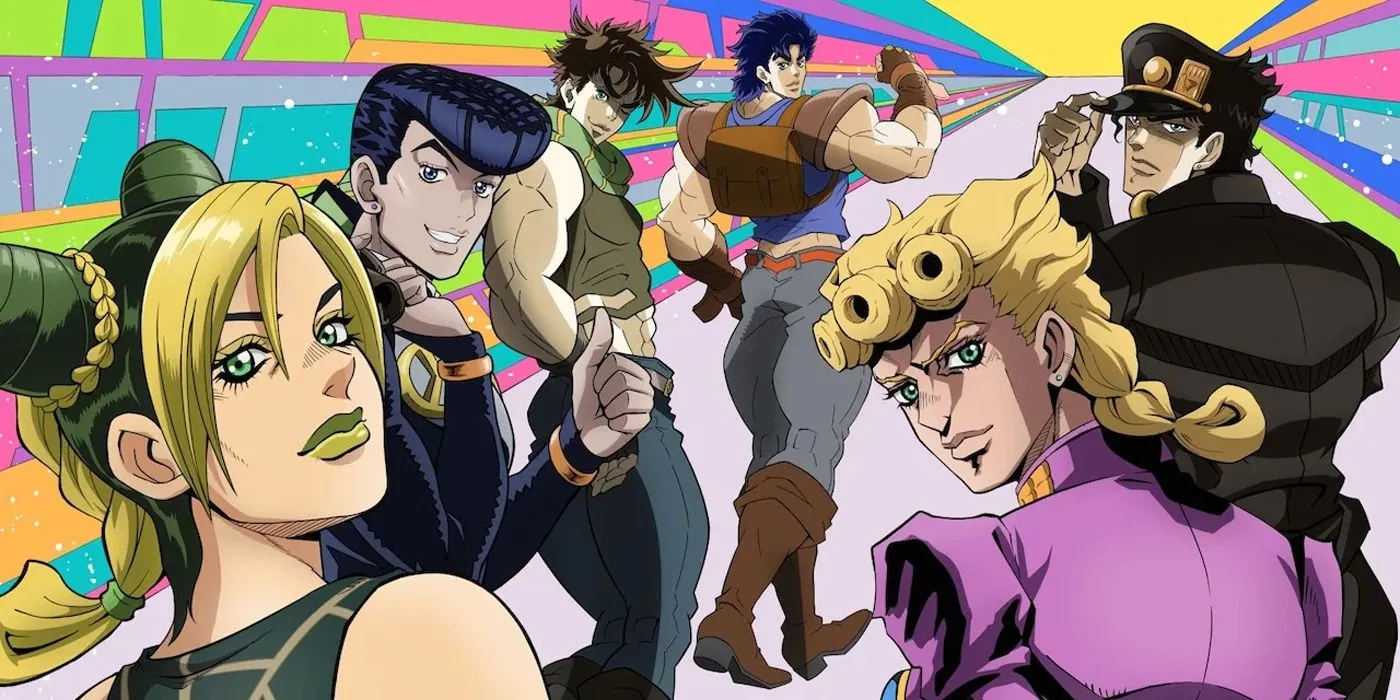
This trend of revisiting established characters impedes the potential for new JoJos to shine. While Jotaro’s legacy undoubtedly holds significance, his reappearance in Stone Ocean feels like a narrative crutch, overshadowing Jolyne’s evolution and limiting her journey. JoJo’s anthology format thrives when each section can independently flourish.
The Children of War Meet Gruesome Ends
Bokurano
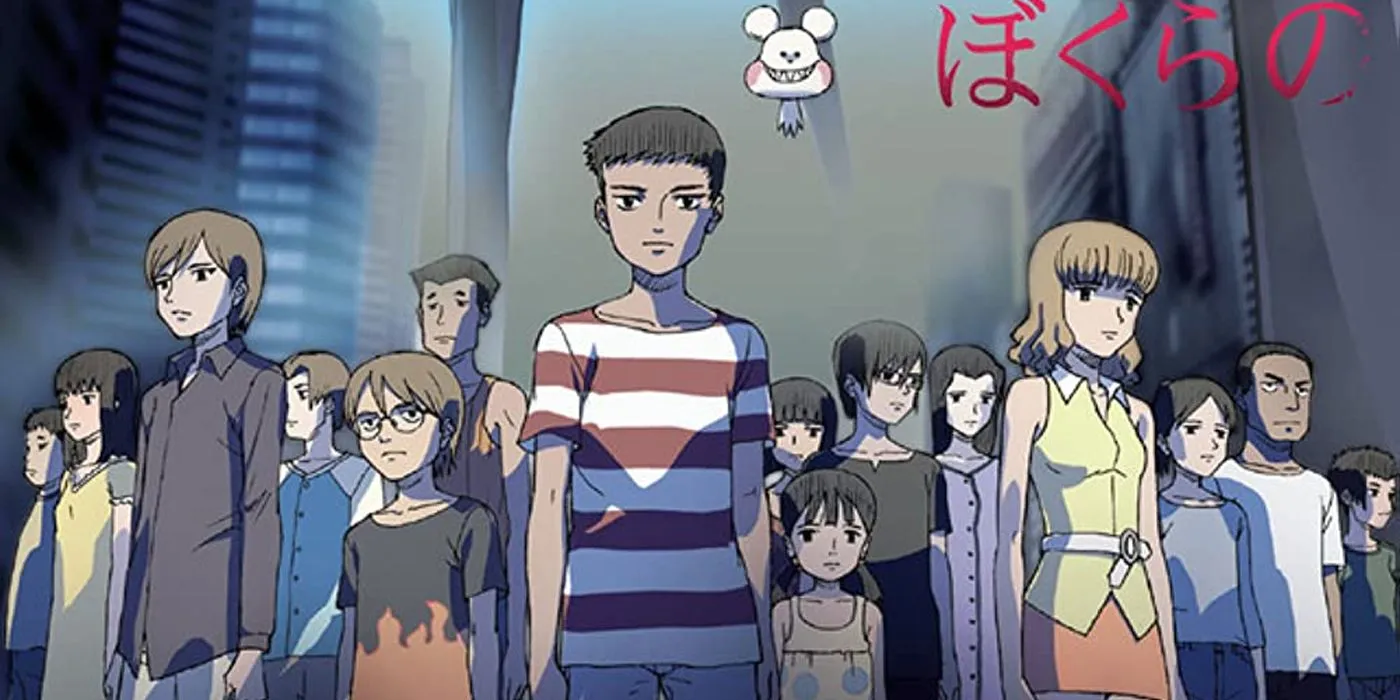
Bokurano features a diverse ensemble of children selected to pilot a mysterious mecha in defense of Earth. However, they soon realize that this heroic responsibility comes at the cost of their lives. The anime does not revolve around one central protagonist; instead, it introduces multiple characters, each receiving significant spotlight time before facing their tragic end. This rotating cast leads to an unsettling anticipation of loss among viewers.
The nightmare of perpetual death shapes the series into an unforgettable experience. Notably, each child’s personal struggles are intimately explored before their demise, reinforcing the emotional stakes of their sacrifices. The constant cycle of early deaths lends the narrative a somber yet profound exploration of themes surrounding sacrifice, responsibility, and the heavy emotional burden of being a savior for a world that seems indifferent.
Eren Yeager Lives Long Enough to See Himself Become the Villain
Attack on Titan
Eren Yeager begins his journey as a fiercely determined protagonist, driven by a desire to eliminate the Titans. However, as the narrative unfolds into complex political intrigue and philosophical questions regarding freedom, Eren’s development takes an unsettling turn. His radical transformation and the show’s tonal shift lead him to emerge as a divisive figure.
Rather than allowing supporting characters to take the spotlight, the latter episodes focus heavily on Eren, which alienates viewers who favor ensemble dynamics. Nevertheless, this choice aligns thematically with the narrative’s darker elements. Some critics suggest that had the story shifted focus away from Eren earlier, Attack on Titan could have concluded more satisfactorily.
Loss of Kamina Inspires Those Left Behind
Gurren Lagann
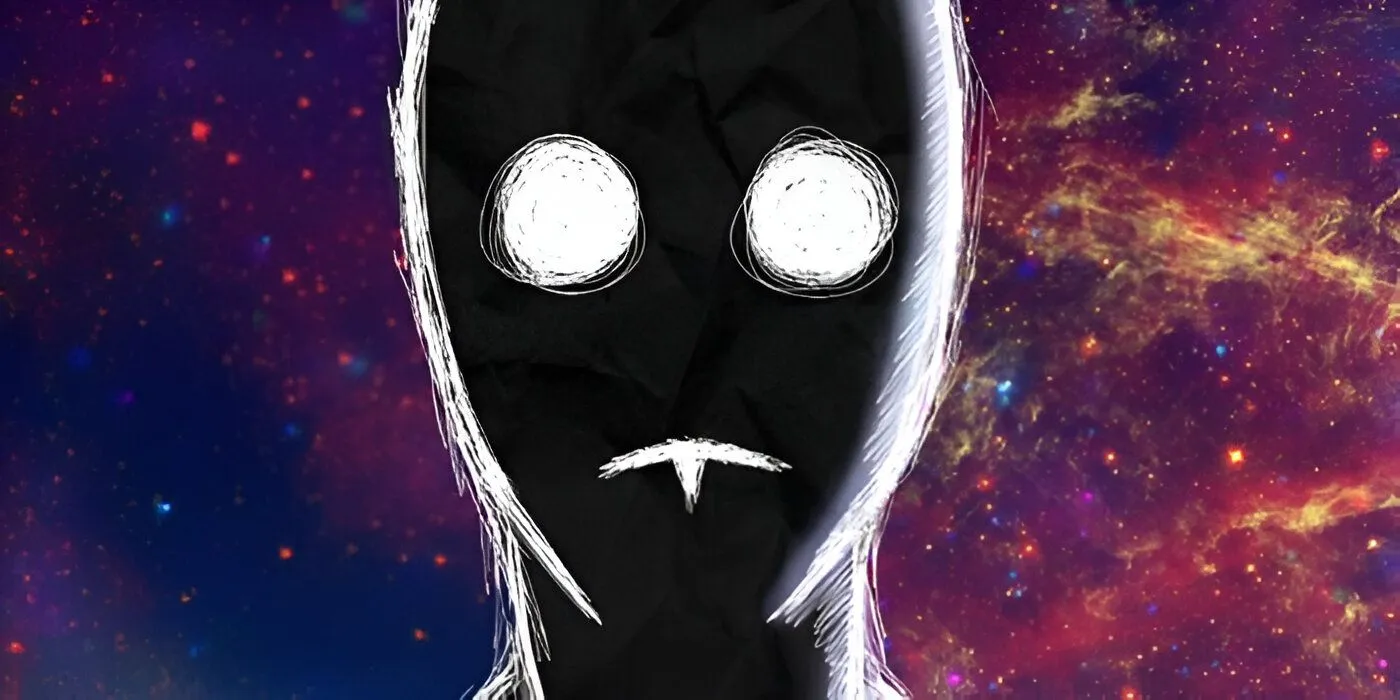

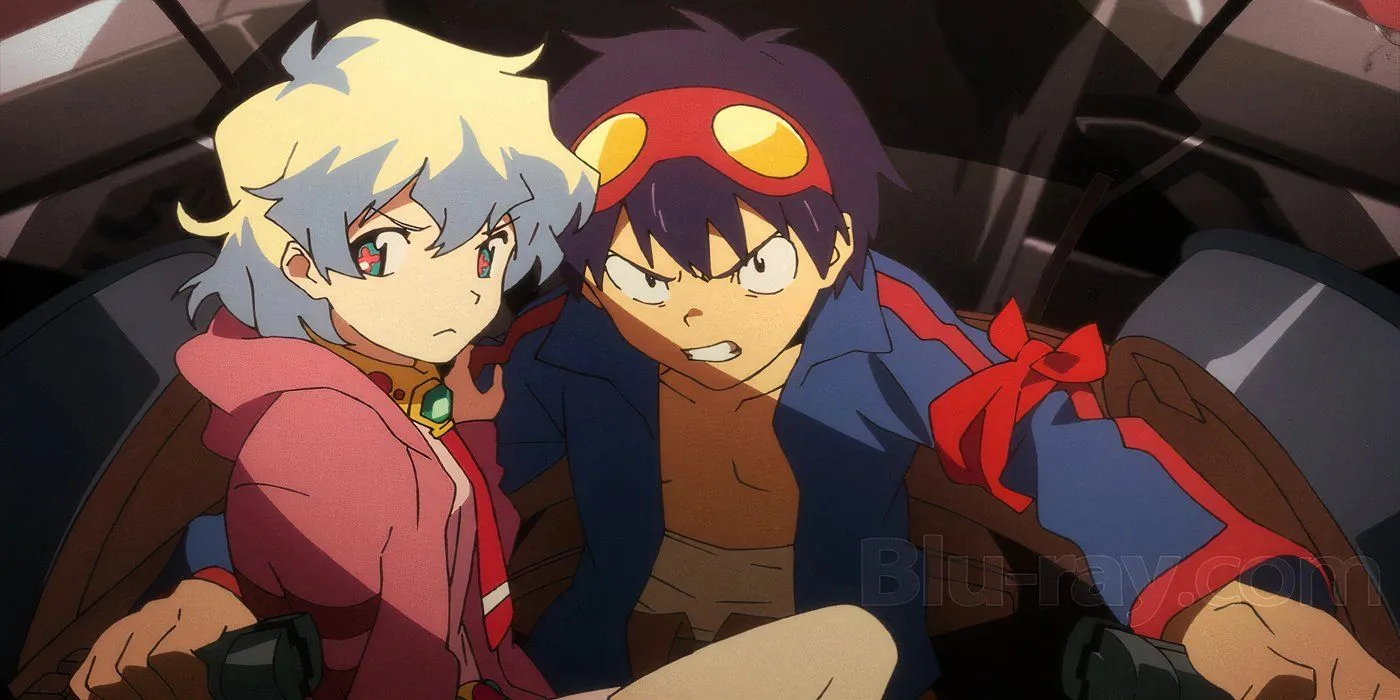
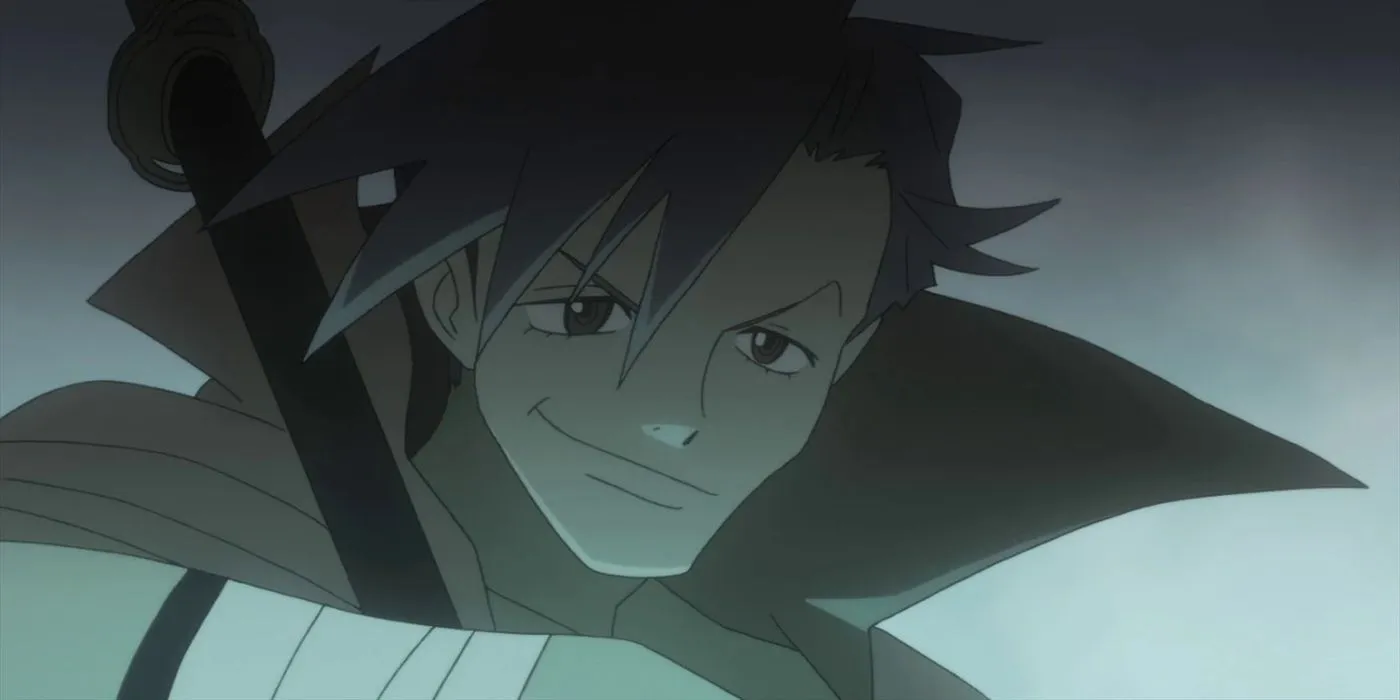
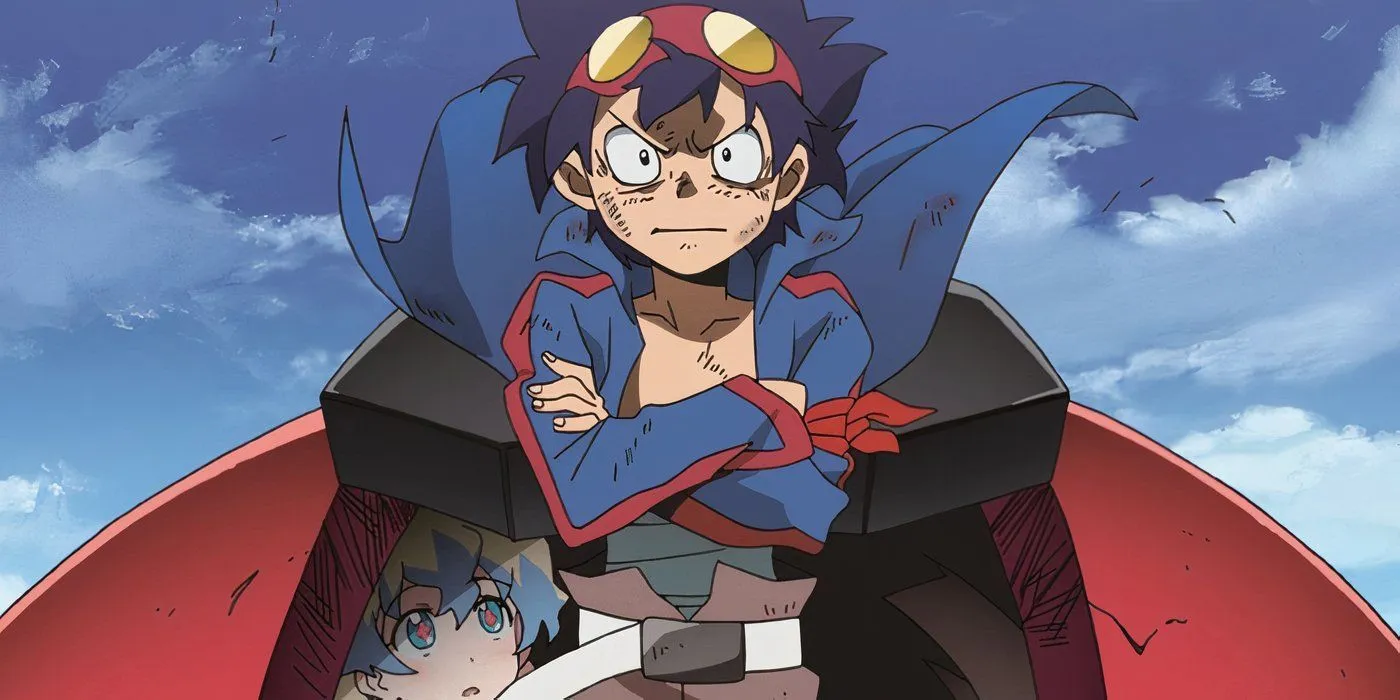
In Gurren Lagann, the narrative initially centers around Simon’s development, energized by the larger-than-life figure of his mentor, Kamina. As the emotional anchor of the series, Kamina’s brash and passionate leadership makes his death just eight episodes in a pivotal narrative moment. This sudden loss profoundly impacts both viewers and characters, particularly Simon, who is compelled to evolve into a leader without his idol’s guidance.
Kamina’s death acts as more than just a shocking twist; it serves as a narrative catalyst. His influence persists throughout the series, motivating others amid escalating stakes. The story powerfully utilizes Kamina’s legacy to delve into themes of grief, mentorship, and personal growth, illustrating how the loss of a beloved character can deepen the emotional resonance and durability of a series.
Subaru Natsuki’s Perpetual Rebirth Has Stunted His Growth
Re:Zero
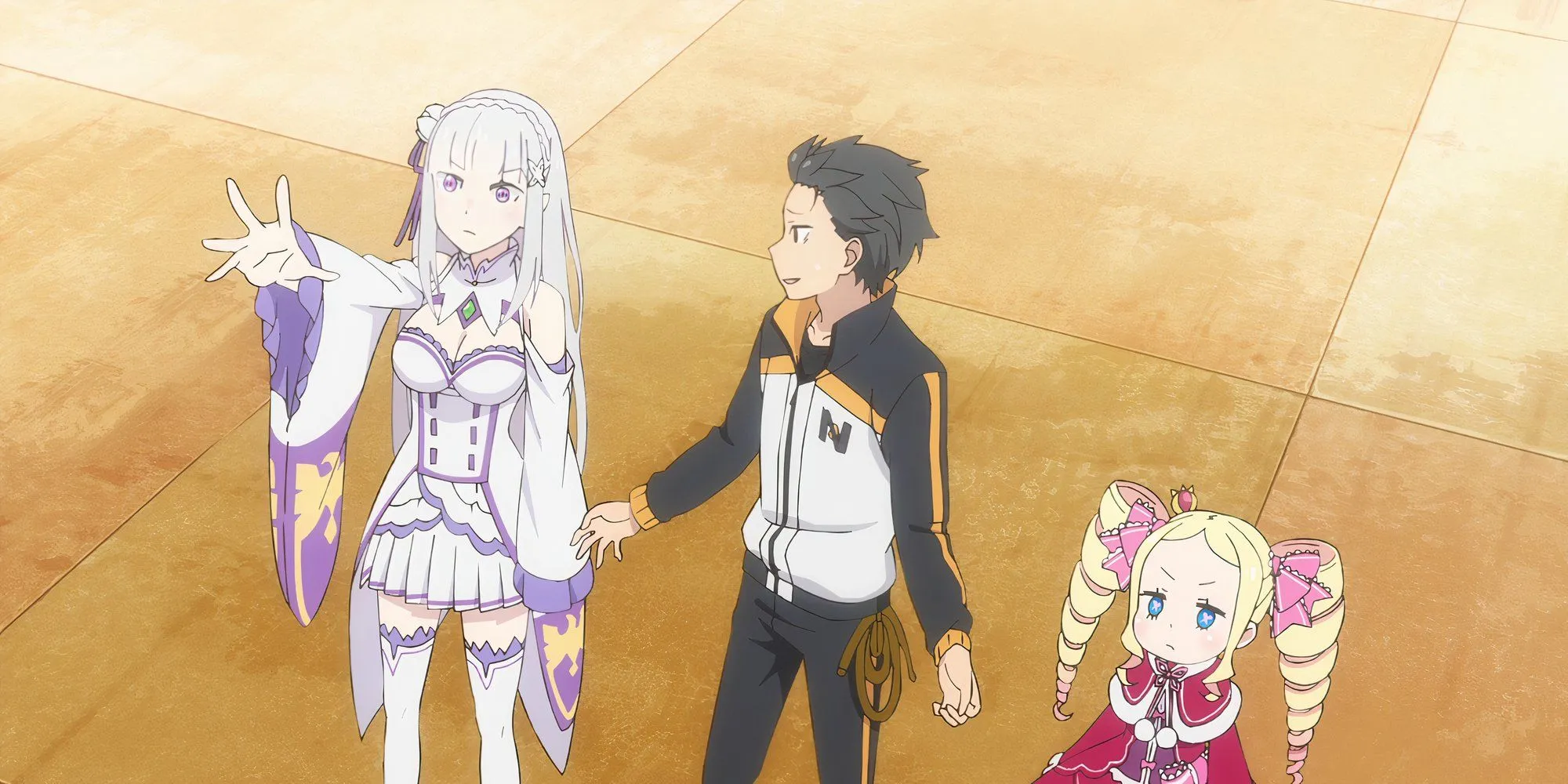


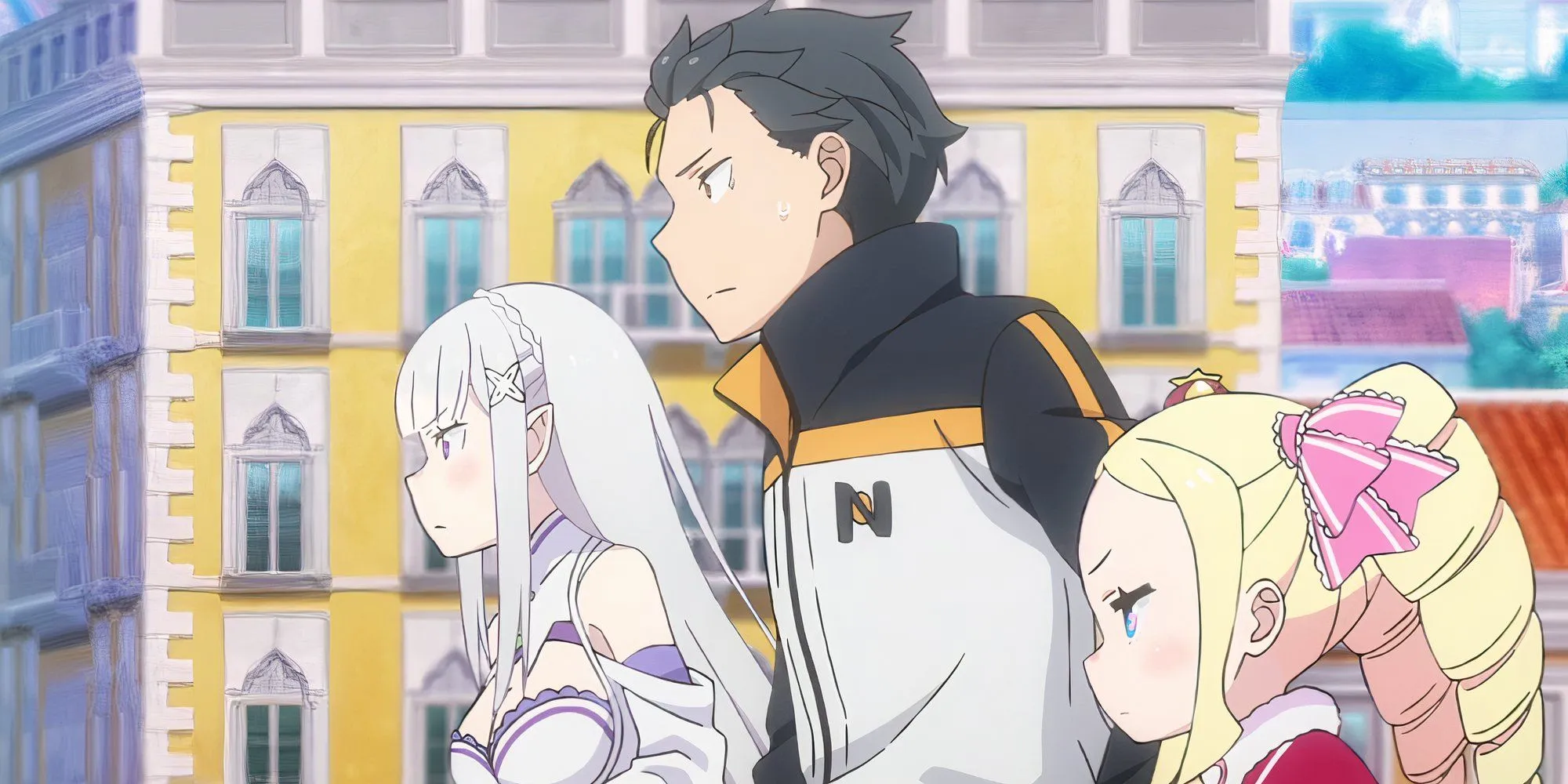
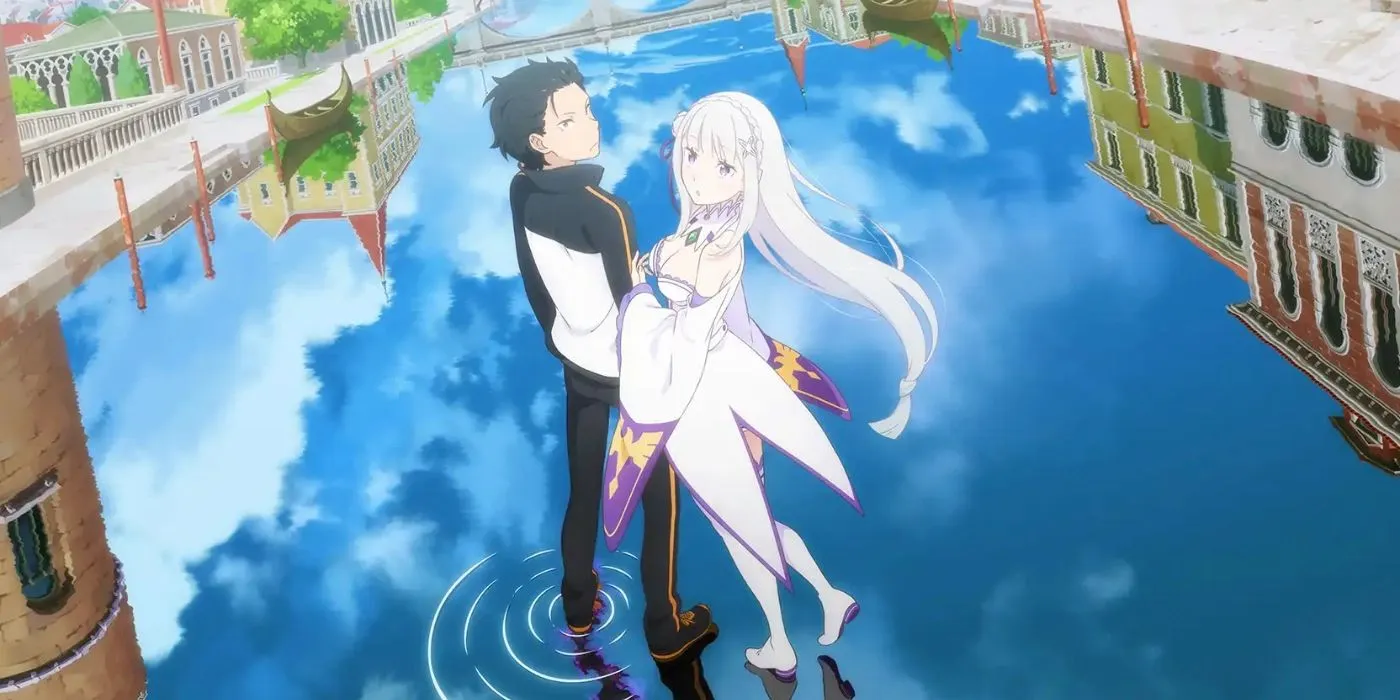
Subaru is designed to be a deconstructed version of the typical Isekai protagonist in Re:Zero, but his continual descent into neurosis often leaves viewers feeling trapped. His recurring breakdowns, poor choices, and frequent resets can be overwhelming, especially given that supporting characters offer greater depth and intrigue. Subaru’s overwhelming fixation on Emilia limits the broader world-building that Re:Zero hints at but seldom fully realizes.
While his suffering aligns with the show’s overall themes, the repetitive nature of his trials can diminish their impact over time. The narrative might benefit from either offering a split perspective or allowing Subaru to experience more significant growth. As it stands, Re:Zero falls into a cycle of reiterated emotional loops.
